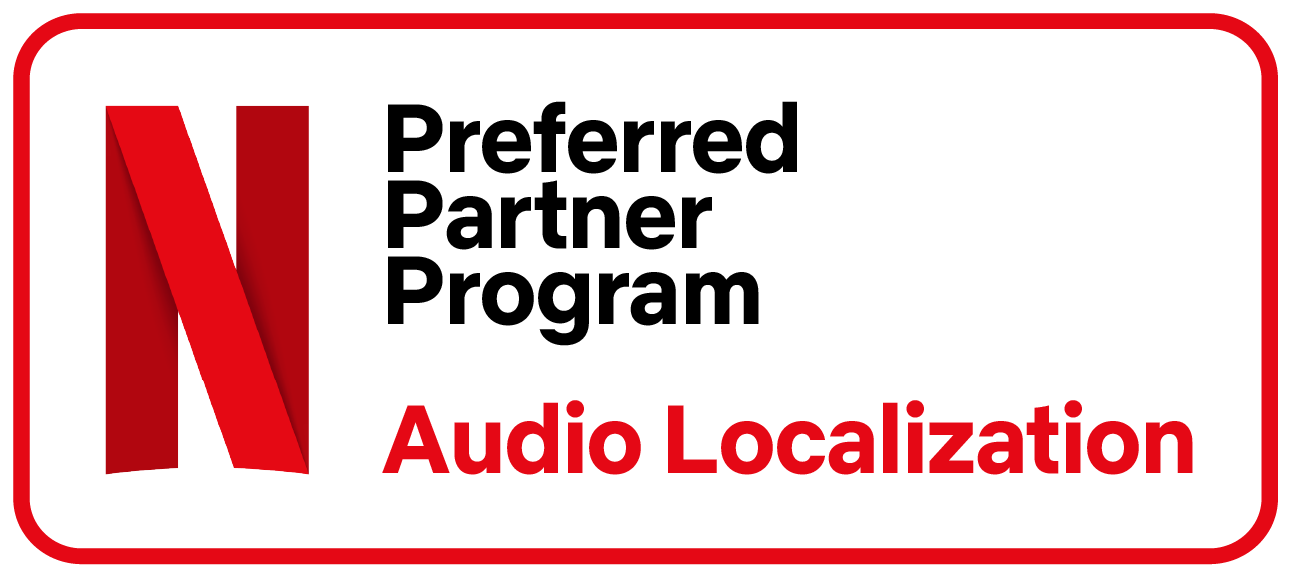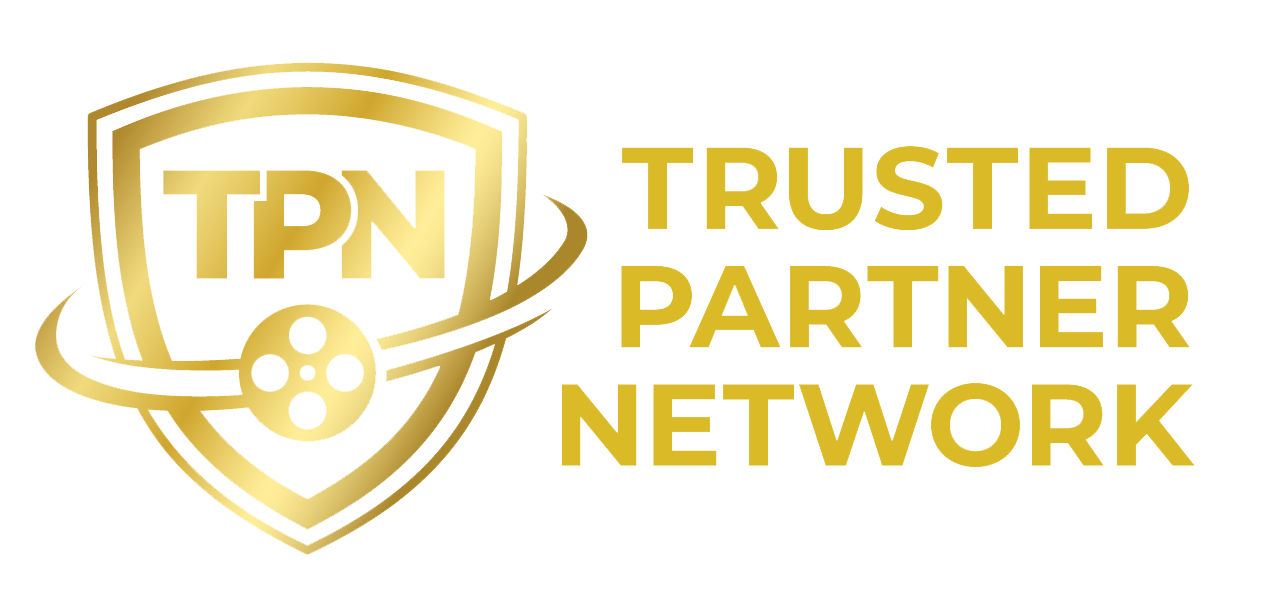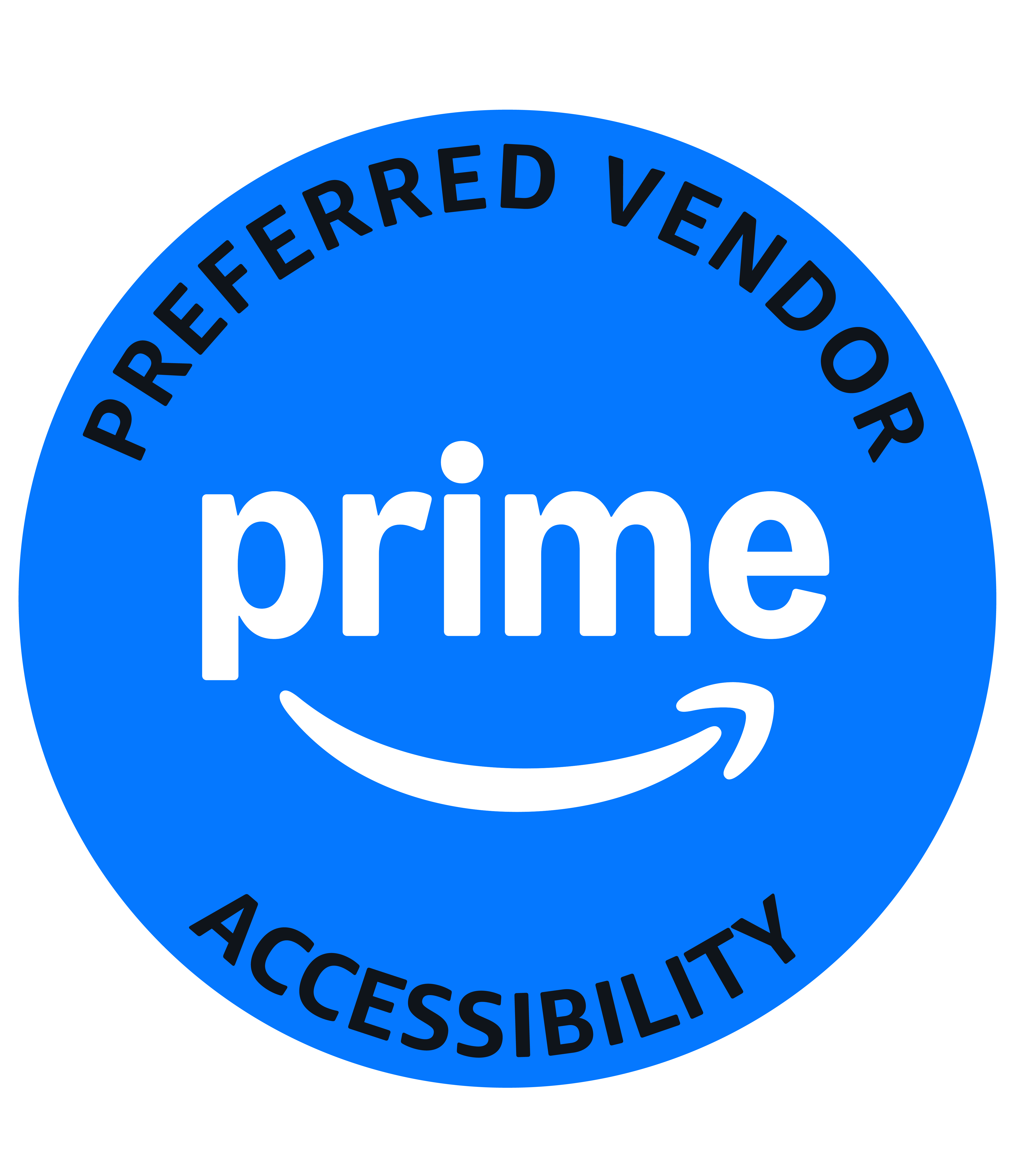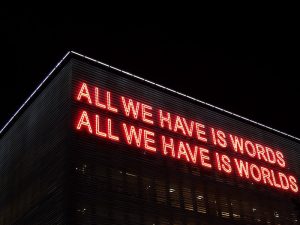
More access to audio description is needed worldwide. There are 285 million people who are blind or vision impaired that need this type of service to enjoy television, film and much more. Unfortunately, many do not have access to audio description services.
You may think that access to television or movie films isn't important, after all, it's not the same thing as working at a job or attending school, but according to the United Nations Convention on the rights of persons with disabilities (Article 30), all of us has the equal right to participate in "cultural life, recreation, leisure and sport." Each of us needs to "take all appropriate measures to ensure that persons with disabilities enjoy access to television programs, films, theatre and other cultural activities, in accessible formats, like audio description, or as some call it, described video.
We talked about this back in 2012 when we looked at the state of audio description worldwide. At the time, we congratulated Americans for providing more audio description services for blind and vision impaired audiences. Thanks to the American 21st Century Communications and Video Accessibility Act, on July 4, 2012, television networks across the USA began providing the equivalent of four hours of video described programming every week. It’s even better now: American broadcasters offer 87.5 audio described program hours per quarter. That's good news for 30 million blind and vision impaired Americans.
But access to audio description services isn’t the same around the world. While audio description development was rapid in the UK, USA, Germany, France, South Korea, Canada and Japan, it's adoption lagged elsewhere.
For example: In China there are about 75 million people with some kind of vision impairment, or who are blind.
This large, potential audience has limited access to audio description, only one place, the Beijing-based China Braille Library, founded in 2011, includes an Audio Description Centre with three staff and AD services. Aided by more than 50 university student volunteers, the library’s AD team “reads” movies to blind or visually impaired movie audiences each week. The weekly audio-described films are popular, attracting audiences of 1,000 people or more. These live movie readings are only available to those living in Beijing.2
Bollywood for all? Not yet. Access to audio description in India is limited.
Despite having the largest film industry in the world, blind and visually impaired audiences in India are still excluded from viewing audio described television broadcasts and most films. Delhi-based NGO, Saksham, is working hard to change this and provide access to vision impaired audiences by audio describing movies, but these efforts are not available to everyone. Most of the audio described works are part of Accessible India, a campaign that includes producing and showcasing audio described films for film festivals and other special events to encourage Indian cinema to develop films for people with vision loss. Described video television broadcasts are not available at all.
Audio description in Russia?
Access to audio description services in Russia is limited but greater AD production efforts are underway. While most film and television broadcasts remain focused on mainstream audiences, there are a few movies regularly featured with described video as well as other features for vision impaired audiences.
What is the world-wide standard for accessible broadcast?
So far there isn't a global, audio description standard. Instead, numerous approaches and technologies are used worldwide. There is one universal, global standard: Recognition of the rights of persons with disabilities to take part equally and not be excluded from cultural life. More than 160 nations agreed, signing the The United Nations Convention on the rights of persons with disabilities in Article 30 Participation in cultural life, recreation, leisure and sport, and another 175 signed with ratifications to the convention.
It's widely understood that persons with disabilities have an equal right to participate in cultural life. Perhaps less understood is that every one of us is responsible for taking "all appropriate measures to ensure that persons with disabilities enjoy access to television programmes, films, theatre and other cultural activities, in accessible formats."
Everyone needs access to television programs, films and more.
Accessible programming goes beyond television broadcasts and films. It’s about access to technology too. Many of us already watch TV from our laptops or mobile phones. Do these technical wonders work for people with vision impairment? That’s another blog.
In the meantime, let’s continue to encourage, to demand, accessible technologies so all of us can be included and no one is left out. Let’s ensure that the great accessibility gains from audio description TV and film already enjoyed in many western countries continue to be incorporated into all new broadcast platforms and services across mediums and around the world.
To find out more about audio description, or how to make your broadcast or film products more accessible, contact us:
Toll free at 1-888-998-9894 or check us out here.

